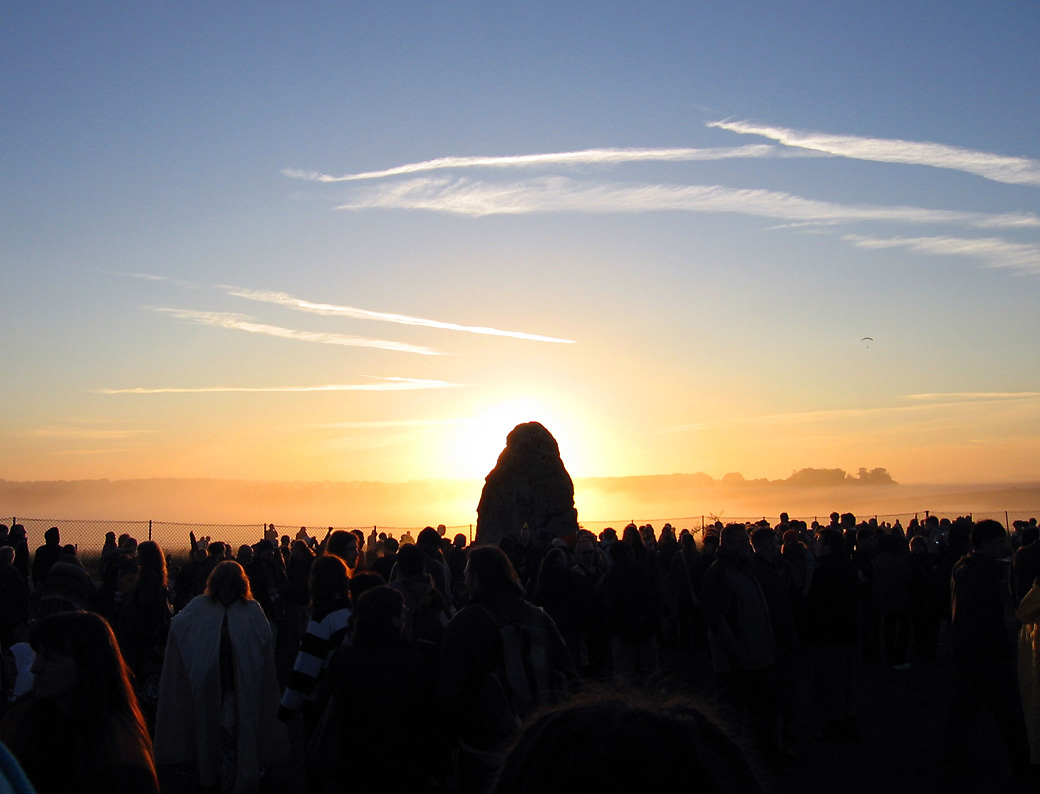Solar New Year on:
[Wikipedia]
[Google]
[Amazon]
 The Solar New Year is the beginning of the
The Solar New Year is the beginning of the
 The Solar New Year is the beginning of the
The Solar New Year is the beginning of the solar calendar
A solar calendar is a calendar whose dates indicates the season or almost equivalently the apparent position of the Sun relative to the stars. The Gregorian calendar, widely accepted as a standard in the world, is an example of a solar calendar ...
year. This event is observed at different times of year and with varying practices in cultures across the globe. The
most common bases chosen to begin a new calendar year are the winter solstice
The winter solstice, or hibernal solstice, occurs when either of Earth's geographical pole, poles reaches its maximum axial tilt, tilt away from the Sun. This happens twice yearly, once in each hemisphere (Northern Hemisphere, Northern and So ...
, summer solstice
The summer solstice or estival solstice occurs when one of Earth's poles has its maximum tilt toward the Sun. It happens twice yearly, once in each hemisphere ( Northern and Southern). The summer solstice is the day with the longest peri ...
, the spring equinox and the autumnal equinox. South and South-east Asian solar calendars are more formally linked to astronomical events.
Some of the more widely known solar new year celebrations include:
* Enkutatash (Ethiopian calendar): about ten days before the autumnal equinox
* January 1
January 1 is the first day of the calendar year in the Gregorian Calendar; 364 days remain until the end of the year (365 in leap years). This day is also known as New Year's Day since the day marks the beginning of the year. __TOC__
Events ...
in the Gregorian and Julian calendar
The Julian calendar is a solar calendar of 365 days in every year with an additional leap day every fourth year (without exception). The Julian calendar is still used as a religious calendar in parts of the Eastern Orthodox Church and in parts ...
s (same number, different days): at present about twelve and twenty-five days respectively after the northern winter solstice.
* Iranian New Year (''Nowruz'') : precisely the northern spring equinox
The various solar new years celebrated in South/SE Asia, whose new year is determined by the position of the Sun
The position of the Sun in the sky is a function of both the time and the geographic coordinate system, geographic location of observation on Earth's surface. As Earth's orbit, Earth orbits the Sun over the course of a year, the Sun appears to mo ...
relative to the constellation of Aries, such as
*Vishu
Vishu (Malayalam: വിഷു) is a Hindu festival celebrating the Malayali New Year in Kerala, Tulu Nadu, and Mahe of India. Vishu falls on the first day of the month of ''Medam'', the first month of the Solar calendar used in Malabar of ...
: Vishu falls on the first day of the month of '' Medam'' in the Malayalam Calendar
The Malayalam Calendar, or the Kollam Era (), is a sidereal solar calendar used in Kerala. The origin of the calendar has been dated to 825 CE, commemorating the establishment of Kollam.
There are many theories regarding the origin of t ...
* Cambodian New Year: about six or seven days before the northern spring equinox
*Tamil New Year
Puthandu (), also known as Tamil New Year (), is the first day of year on the Tamil calendar that is traditionally celebrated as a festival by Tamils. The festival date is set with the solar cycle of the solar Hindu calendar, as the first day ...
(): about 24 or 25 days after the northern spring equinox
*Vaisakhi
Vaisakhi, also known as Baisakhi or Mesadi, marks the first day of the month of Vaisakh and is traditionally celebrated annually on 13 April or sometimes 14 April.
It is seen as a spring harvest celebration primarily in Punjab and Northern In ...
: about 24 or 25 days after the northern spring equinox
*Pohela Boishakh
Pohela Boishakh () is the Bengali New Year celebrated by the Bengalis, Bengali people worldwide and as a holiday on 14 April in Bangladesh and 15 April or 14 April (leap year) in the Indian states of West Bengal, Tripura, Jharkhand and Assam ( ...
(Bengali calendar): about 24 or 25 days after the northern spring equinox
*Pana Sankranti
Maha Bishuba Sankranti (), also known as Pana Sankranti, (), is the traditional new year day festival of Odia people in Odisha, India. The festival occurs in the solar Odia calendar (the lunisolar Hindu calendar followed in Odisha) on the first ...
( Odia: ପଣା ସଂକ୍ରାନ୍ତି): about 24 or 25 days after the northern spring equinox.
See also
* * ** * * * * **Notes
References
{{New Year by Calendar New Year celebrations